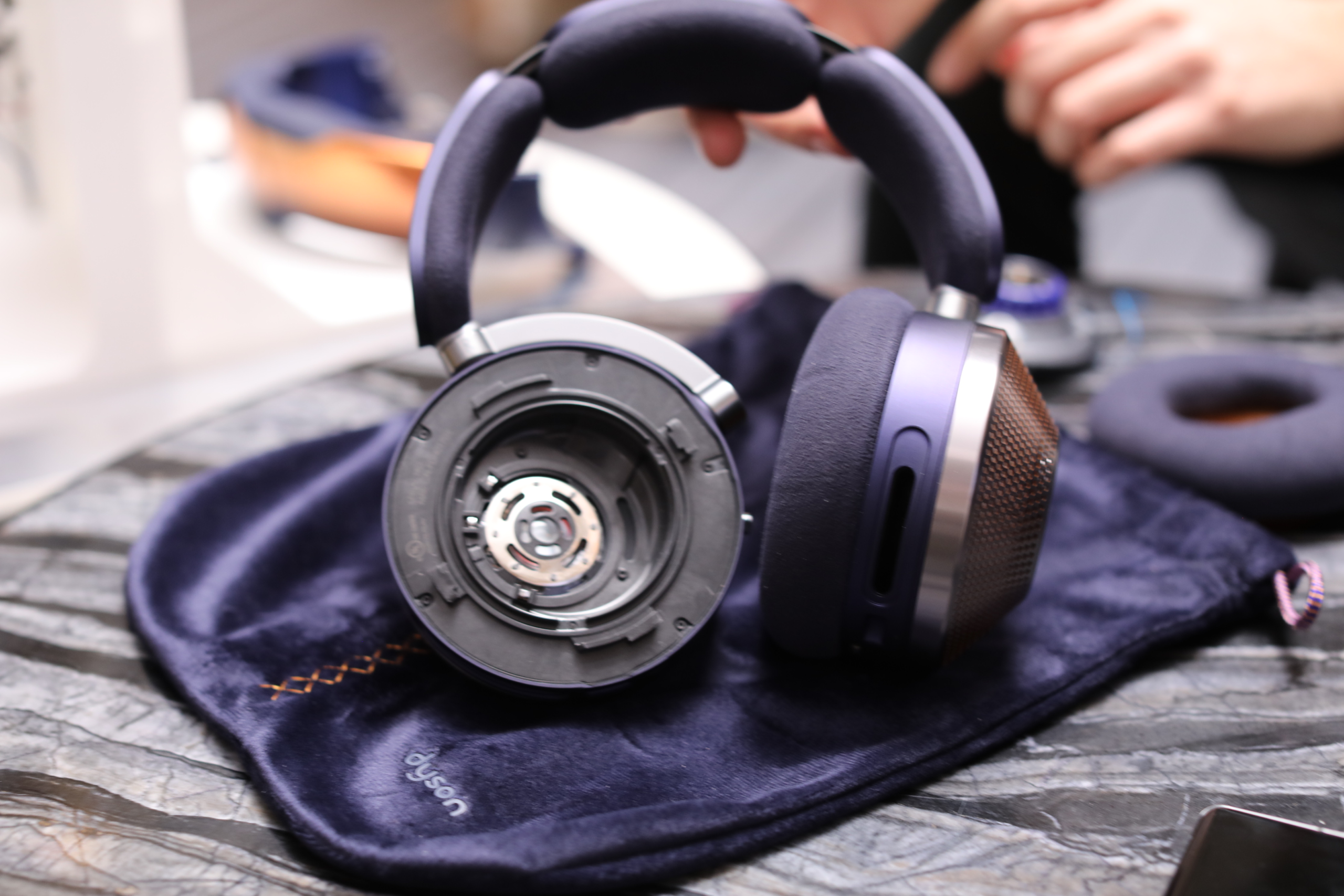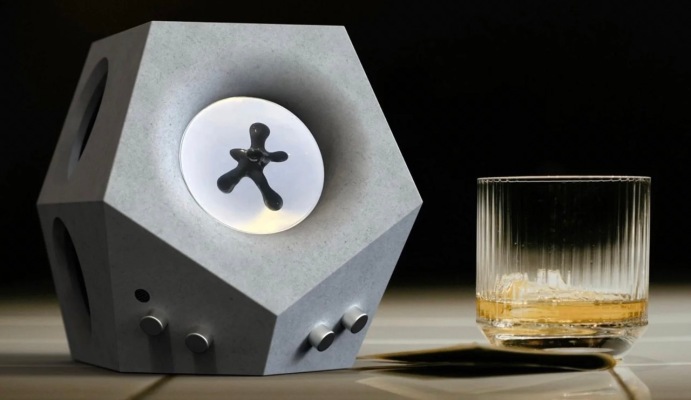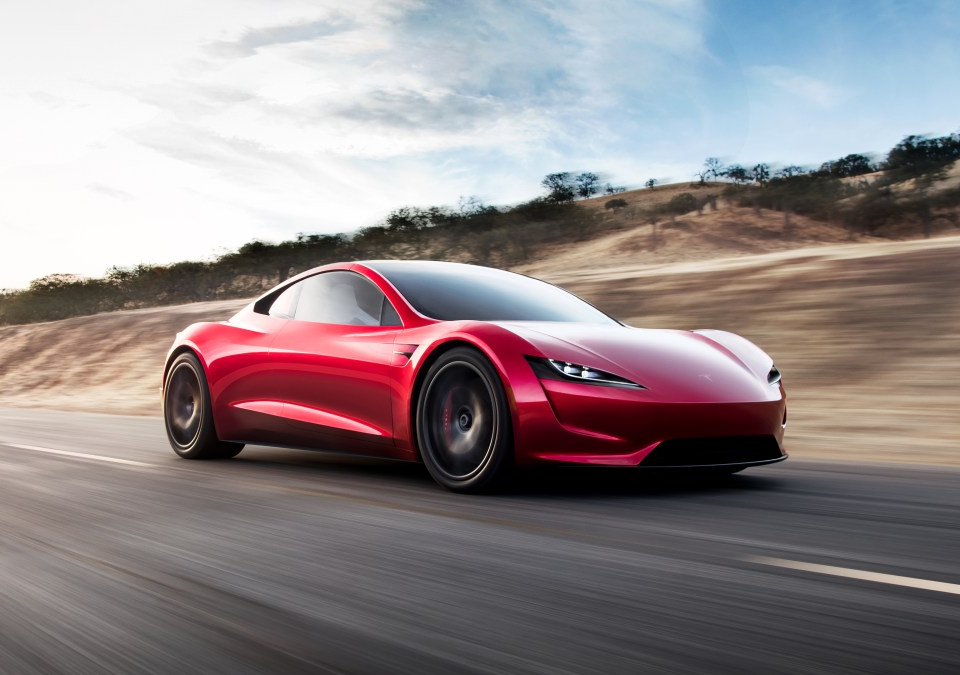
I put Dyson’s Bane mask on my face
January 13, 2023
The Soul of Blackleaf brings analog visualization to your music experience
January 14, 2023
It’s a strange week. Strange and strangely familiar. You stay at the same hotel in a nearly identical room to the one you stayed in for the last 10 years or so. You see friends and colleagues you’ve not seen in a while. Everyone is three years older and a bit worse for wear. A global pandemic will do that to a person.
Last year was supposed to be your triumphant return to the show, after two years away. But you got cold feet when the omicron numbers started spiking around the holidays. The subsequent holiday travel, coupled with exhibitors flying in from all over the world, was sufficient cause for concern. And you were far from alone. Attendance numbers — which had hit 170,000 in 2020 — were down to ~40,000, representing a 75% drop in attendance.
The year between — 2021 — there was no in-person CES at all. The CTA, which puts on the event, ultimately made the right decision and went all-virtual for the first time in its history. That was its own kind of mess. The infrastructure simply wasn’t in place for an event this size and scope. One also suspects that the CTA would rather not let people get too used to covering shows like this virtually, for fear that they’d deem it unnecessary to return.
But the world has slowly gotten back to normal, and so, too, has CES. It’s a bit like returning to your old school a few years after graduating. There are some familiar faces and some new ones. For better or worse, life went on without you. Hell, the school even built a big, new wing. In this case, it’s the shiny West Hall of the Las Vegas Convention Center. With the South Hall more or less shuttered for the event, the growing army of mobility firms have since migrated here. At some point when we weren’t looking, CES became a car show.
That’s due, in part, to timing — both one of CES’s biggest strengths and weaknesses. Strength, in the sense that it’s the first show of the year. Weakness because who really wants to be thinking (stressing) about the big show over holiday dinners or sitting on a plane January 2?
In the weeks leading up to the event, the CTA announced that it was expecting 100,000 people at the event. That’s nowhere near pre-pandemic levels, but it certainly represents a respectable bounceback for a live event. After the dust cleared, it revised that number upward to 115,000. Speaking purely anecdotally, it didn’t feel that high, but feelings are certainly no replacement for official attendance numbers.
I will say, there were spots (big chunks of Central Hall, for example) that felt as crowded as any year prior. Certainly I felt it attempting to get lunch in the cafeteria on day one. Other spots, like North Hall, appeared largely empty the handful of times I went back. I’m not sure that bodes particularly well for the concentration of robotics companies there. I probably jumped the gun with my “Consumer Robotics Show” headline, even if it was done with tongue semi-planted in cheek.
Most, if not all, of the media outlets I spoke to sent fewer people than 2020 for a variety of reasons. First, we’ve all adapted to remote coverage. Second, plenty of people are still (rightfully) worried about a pandemic. Turns out it hasn’t actually gone away, despite our best efforts to pretend otherwise. Third, journalism is getting crushed yet again by the economic downturn. Budgets are tightening and many outlets simply have fewer reporters.
The full name is The International CES, for obvious reasons. One could make a fairly credible case that CES 2020 was one of the first major COVID-19 superspreader events. There are, however, still travel restrictions in place. Most notable is China. A day after the show officially ended, The Wall Street Journal ran the headline, “China Reopens to the World as International Travel Restrictions End.” China is obviously a huge player on the scene, and restrictions are invariably going to hurt your bottom line. Plenty of places were well represented at the show, including Korea and France.
I discussed this a bit in the preview post, but it’s worth mentioning again. The CTA is very insistent we call it “CES,” and not the “Consumer Electronics Show.” Pedantic? Sure. Telling? Absolutely. The organization wants CES to be more things to more people. That includes cars, robots and plenty of software/apps. There are ways in which the event is still very much tied to tradition, but its organizers have also done a fine job adapting its scope.
Size, too. CES is sprawling. It takes over the city — or least the area surrounding the Strip — and sometimes feels like a temporary city unto itself. Like any urban area, it has its pockets of concentration and its share of traffic jams. If you know what’s good for you, you won’t attempt to catch a car outside of the Venetian Expo (RIP, The Sands) around 6 PM. You should also know that you’ll need a 20- to 30-minute buffer, regardless of your mode of transportation, up to and including Tesla’s silly Small World tunnel.
For the first time in 11 (!) years, the Adult Entertainment Expo coincided with CES and took the AVN Show (the porn Oscars, if you will) along with it. A fun bit of trivia: The whole thing is actually an outgrowth of a CES adult software section that existed in the ’80s and ’90s. I regret not having the time to check out the event and all its idiosyncratic tech this year. We did, however, get dinner at a great vegan restaurant in the new Resorts World tower our final night, and managed to encounter some of that show’s overflow. They’re a fun bunch.
One of the most positive changes to the show in recent years is its shift in focus to startup culture. There’s little question that the two floors of Eureka Park are far and away the most vibrant section. The booths and aisles are far smaller and more tightly packed together. Not everything you’ll see in there is a winner, but the people showing it to you project a kind of genuine excitement you rarely see with the bigger companies. I would have loved to have spent more time there, but it just didn’t work out that way for me this year.
The trend over the last several years is big companies opting to announce new stuff on their own stages and time. The move to virtual presses over the last several years has only accelerated this. But as the big companies move away from the show, bright-eyed startups are more than happy to fill that void.
As I mentioned in a previous post, this was the year of putting stuff on my face. I tried out the Magic Leap 2, Meta Quest Pro, Vive XR Elite, PSVR2 and Dyson Bane mask. VR/AR/XR once again reigned supreme. How that manifests itself in the broader consumer world, on the other hand, is another question entirely. It is, however, quite telling that everyone but Sony and its pure gaming headset are looking to enterprise. It’s simple where the money is right now, at least until the prices significantly come down for quality headsets.
Another theme I found in talking to folks in that world is a genuinely eager feeling around Apple’s headset play. The consensus with these companies appears to be that the rising tide will lift all ships here, as the company reinvigorates the scene. Truth of the matter is that it’s been the “next thing” for so long there’s a genuine fatique here.
Ditto for crypto/web3, albeit for entirely different reasons. There’s been a steady drumbeat of bad news for the category and many of the folks who would have otherwise been shouting their message from the rooftops are currently licking their wounds. I’ve not been shy with regards to my feelings around the technology, and it was frankly a relief not to be bombarded by those pitches this year.
No doubt my inbox will be full of them this time next year.
TechCrunch staff has spent the last several days building their Hot or Not lists, so I’ll include those here:

Some of the shine has worn off around smart home tech. It’s hard not to see that reflected in Amazon Echo’s struggles. At the very least, it’s clear that things didn’t go exactly as planned for many companies. It is, however, quite heartening to see a kind of unified front in the form of the Matter Alliance.
Health tech, meanwhile, remains a going concern, be it home fitness or wearables. We’ve seen a widespread push to get some of these products taken more seriously as medical devices, and that was very much on display here. Meanwhile, it was a genuine bummer to see what happened to Mojo Vision, after covering them for so many CESes.
Economics loomed large, of course. Overall, the release cadence of new products seems to have slowed for the industry. The end of 2022 didn’t see the same sort of rush of new products we usually get before the holiday. The reasons are clear. For one thing, money is tight and inflation is high, so people are spending less on non-necessities. For another, supply chain constraints are having a tangible effect on the industry’s ability to ship.
Ahead of the show, I asked Sony what they planned to show off. For the first time I can recall, I got an official statement from a rep telling me what the company isn’t showing. “Sony will not be sharing any TV details during CES 2023,” a spokesperson told me. “However, please stay tuned for an upcoming announcement coming soon.” That’s a new one. The company did have movie trailers, though.
I won’t say this felt like a transitional year — only because that can be said about pretty much every CES from the past decade. I also recognize that it’s note entirely fair to judge it by its first full-fledge show in three years. It was strange, and there was zero chance it was going to be anything but. For the CTA’s sake, attendance exceeding what seemed like optimistic expectations is a genuinely good sign. As for us, I’m certain we’re not alone in rethinking how we handle CES going forward.




